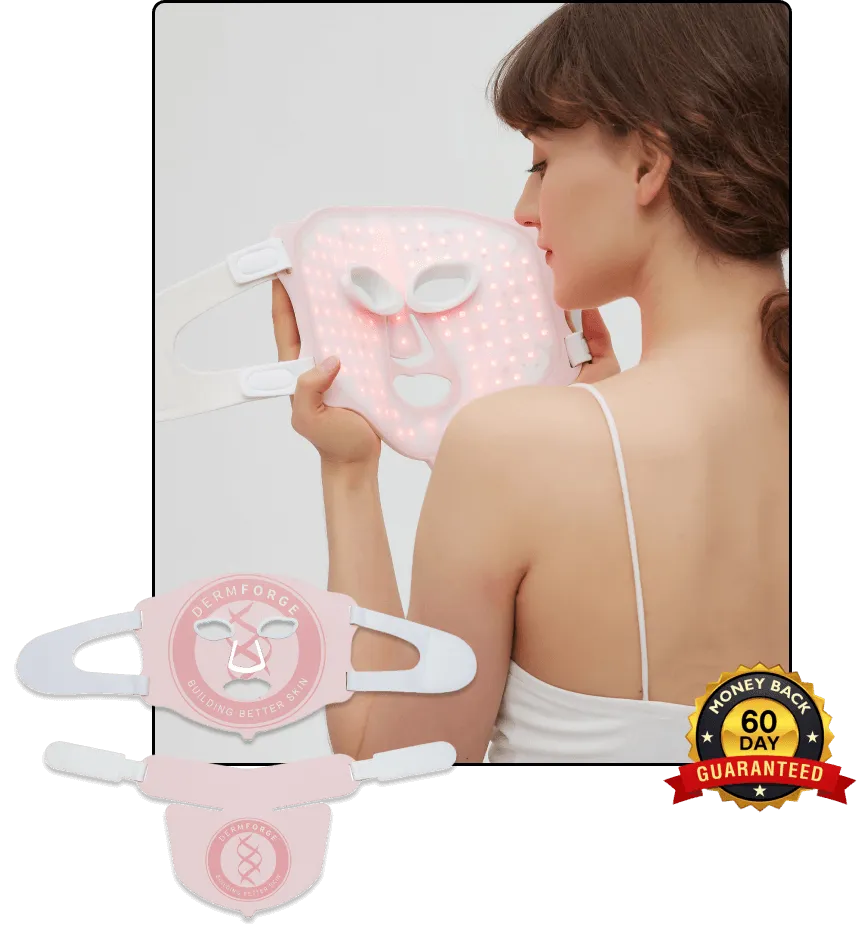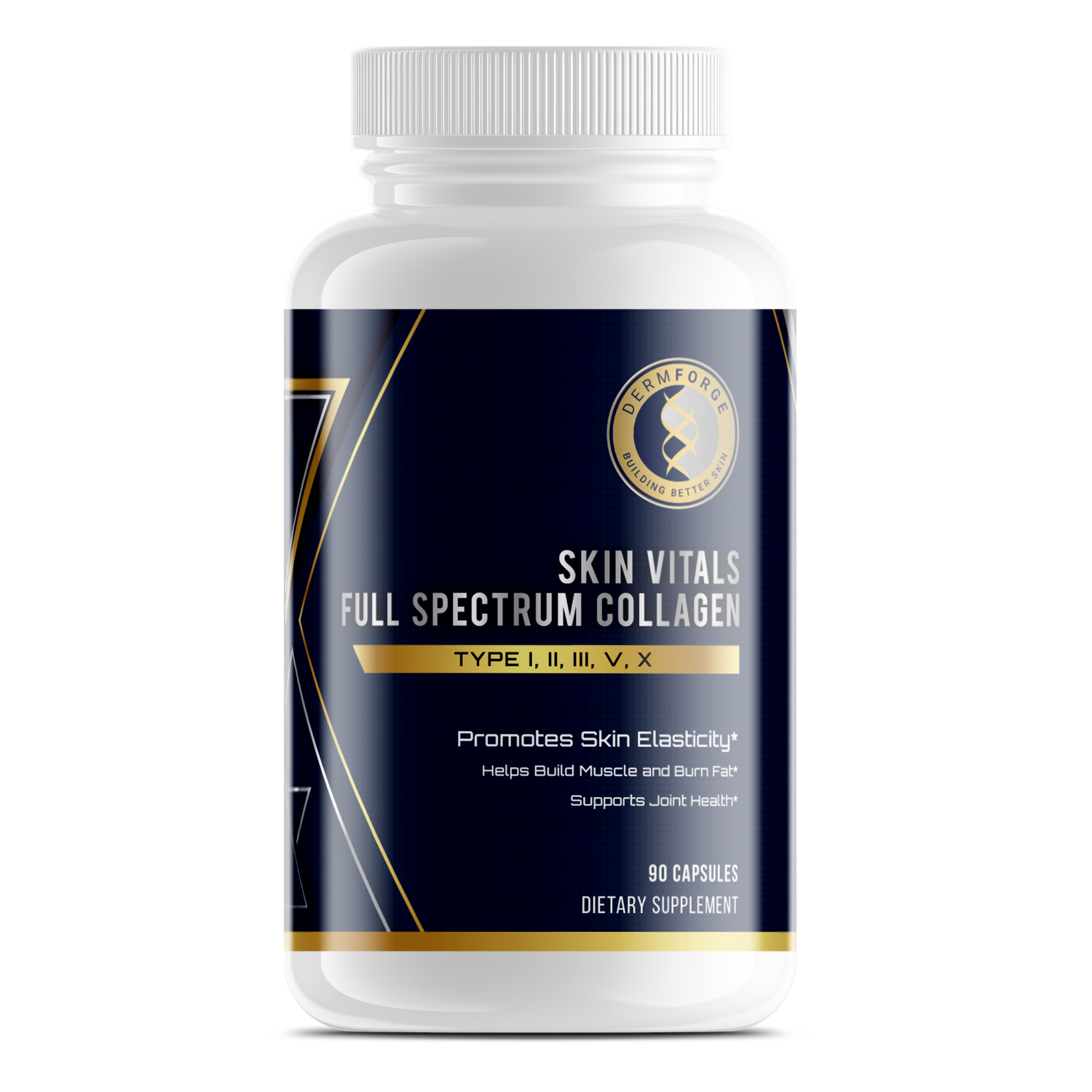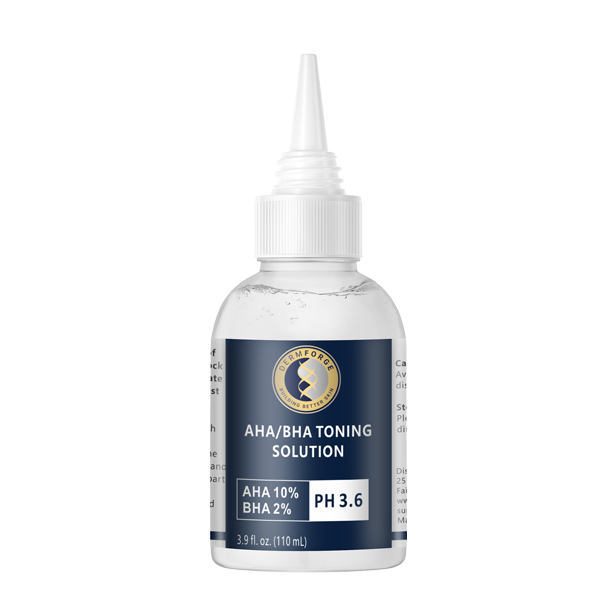Fine lines, dull texture, and uneven tone are common signs of aging. However, many people use Retinol Cream for wrinkle reduction to improve these concerns. This well-known ingredient helps your skin shed dead cells and build new collagen over time. Therefore, it continues to be a trusted option in many routines.
Additionally, Retinol offers more than just surface-level benefits. It supports deeper changes that improve firmness and smooth out texture. Therefore, it's useful for both early signs of aging and more established lines. You may also notice a more even skin tone with regular use.
However, results take time and consistency. Most users begin with a low concentration and gradually increase frequency as their skin adapts. This method helps reduce dryness and flaking while still achieving visible improvement. Therefore, it’s important to build a routine that supports your skin’s natural rhythm.
Many Retinol creams also include moisturizers and calming ingredients. These added benefits help make regular use more comfortable, even for sensitive skin. Therefore, you can often use Retinol without disrupting your barrier when applied with care.
With the right approach, Retinol can help your skin appear brighter, firmer, and smoother. You just need to stay consistent, start slowly, and focus on support. Over time, the results often speak for themselves.
How does Retinol cream reduce the appearance of wrinkles?
Retinol cream increases cell turnover and collagen production, which helps smooth fine lines and improve skin firmness.
Wrinkles form naturally as your skin slows collagen production and loses elasticity with age. However, certain skincare ingredients can help reduce their appearance. One common option is using Retinol Cream for wrinkle reduction. It works by encouraging faster skin renewal and supporting firmer, smoother skin over time.
Additionally, Retinol cream helps remove dull surface cells through increased cell turnover. Therefore, your skin may look brighter and feel softer. This process reveals fresher layers underneath and can help soften fine lines. With consistent use, your complexion may appear more even and less creased.
However, the benefits go beyond surface renewal. Retinol also stimulates collagen production deeper in the skin. Therefore, it helps improve firmness and structure, which can reduce the depth of wrinkles. This makes it useful not only for early signs of aging but also for more mature skin.
Additionally, most Retinol creams include moisturizers to offset dryness. These added ingredients help maintain hydration while supporting the anti-aging benefits. Therefore, you can treat wrinkles without sacrificing comfort. Regular application, especially at night, often brings the best results.
With time, your skin may appear tighter, clearer, and more youthful. Retinol doesn’t erase wrinkles overnight, but it gradually improves texture and firmness. Therefore, make it part of your routine if you want a reliable option for long-term skin support.
Can Retinol cream moisturize the skin?
Yes, many Retinol creams are formulated with hydrating ingredients that help prevent dryness and support the skin barrier.
Retinol is known for its ability to reduce wrinkles and refine texture. However, it also has a reputation for causing dryness. That’s why many formulas now include added moisture to improve comfort and results. Therefore, you’ll find that most Retinol creams contain hydrating ingredients to protect your skin barrier.
These added moisturizers help minimize irritation while supporting the skin during the renewal process. Additionally, they create a buffer that helps your skin tolerate Retinol more easily. Some formulas also include calming agents to reduce redness and flaking. Therefore, you can still benefit from Retinol without excessive dryness.
Retinol Cream for wrinkle reduction often contains ingredients like hyaluronic acid or ceramides. These components help lock in moisture and support barrier function. Additionally, they make it easier to use the product consistently. The more regularly you apply it, the better your skin tends to respond.
However, results still depend on your skin type and how your skin adjusts. If you’re prone to dryness, apply a basic moisturizer after your Retinol cream. This step adds extra hydration and helps prevent flaking. Additionally, start by applying it every other night if your skin feels tight.
With the right balance, Retinol can improve firmness while keeping your skin smooth and hydrated. Therefore, look for formulas that offer both anti-aging support and moisturizing benefits. This combination allows for effective results without sacrificing comfort.
How does Retinol cream stimulate collagen production?
Retinol activates skin receptors that boost collagen synthesis, helping to maintain firmness and reduce visible signs of aging.
Collagen is a key part of what keeps your skin looking firm and smooth. However, collagen production naturally slows with age. This leads to fine lines, sagging, and a rougher texture. Retinol helps address this by signaling your skin to increase collagen output. Therefore, it supports stronger, more resilient skin over time.
Retinol Cream for wrinkle reduction works by activating specific receptors in your skin. These receptors help trigger processes that build collagen from within. Additionally, the product speeds up skin renewal, which helps maintain smoother texture. You may notice gradual improvements with regular use, especially after the first few weeks.
However, collagen building is not immediate. Your skin needs time to respond to the stimulation from Retinol. Therefore, using the cream consistently is key to seeing firming results. Additionally, it's best to use it at night and apply sunscreen during the day to protect new skin.
Many Retinol creams include ingredients that support this process without irritation. Hydrators and calming agents help your skin stay balanced while collagen production increases. Therefore, you can use the product regularly without excessive flaking or discomfort.
With time and patience, you may notice skin that feels firmer and looks more youthful. Retinol helps support your skin’s structure from within. Therefore, it remains a reliable option for long-term improvement in tone and firmness.
Will Retinol cream make my skin peel?
Retinol can cause mild peeling at first as it speeds up cell turnover, but this usually decreases with regular use.
Peeling skin is a common concern when starting a Retinol product. However, this side effect is usually temporary and manageable. Retinol speeds up cell turnover, which helps shed old skin and bring new layers to the surface. Therefore, you might notice mild flaking or dryness during the first few weeks.
Additionally, this peeling is part of how Retinol works to improve skin texture. It clears away dead cells that can dull your complexion. However, this process often feels uncomfortable at first. That’s why many people ease into use slowly, giving skin time to adjust without irritation.
Retinol Cream for wrinkle reduction is often combined with moisturizing ingredients. These additions help reduce dryness and support skin recovery during exfoliation. Therefore, applying a basic moisturizer after your Retinol cream can help calm and protect your skin barrier.
Additionally, avoid using strong cleansers or exfoliants while your skin adjusts. Too many actives can worsen dryness and delay healing. Therefore, keep your routine simple and focused on hydration during the early weeks. As your skin builds tolerance, peeling usually decreases.
With consistent use, your skin may begin to feel smoother and more balanced. The flaking typically fades, leaving a clearer surface behind. Therefore, don’t be discouraged by the early dryness—it often means the product is working.
How long does it take for Retinol cream to work?
Most users notice improvements in texture and fine lines within 8 to 12 weeks of consistent use.
Retinol works gradually, so visible changes won’t happen overnight. However, many people begin to notice smoother skin after several weeks. Retinol speeds up cell turnover, which reveals fresher skin and softens the look of fine lines. Therefore, consistency is key if you want long-term improvement.
Most users see changes in texture and tone within 8 to 12 weeks of regular use. However, some may notice minor flaking or dryness early on. This stage is normal and often means your skin is adjusting. Therefore, don’t stop using the product unless irritation becomes severe.
Retinol Cream for wrinkle reduction also supports collagen production. This deeper benefit takes longer to show on the surface. However, over time, you may see improved firmness and fewer visible wrinkles. These results typically appear gradually and continue with consistent use.
Additionally, your routine affects how quickly results develop. Using sunscreen daily helps protect new skin and maintain progress. Pairing Retinol with a hydrating moisturizer also improves comfort and reduces early flaking. Therefore, focus on consistency and gentle care as your skin adapts.
With continued use, you may see smoother texture, more even tone, and fewer fine lines. Patience makes a big difference when using Retinol effectively. Therefore, stick with your routine and allow your skin the time it needs to respond.
Can I use Retinol cream every day?
You can use it daily, but it's best to start with a few times per week to avoid irritation, especially on sensitive skin.
Daily use of Retinol can deliver strong results, but not every skin type tolerates it right away. However, most people can build up to daily application with time. If your skin is sensitive or prone to dryness, start by using it just two to three times a week.
This slower introduction helps your skin adjust without becoming overly irritated. Additionally, using a moisturizer immediately after application can reduce dryness and discomfort. Many formulas now include hydrating ingredients, which make daily use more manageable. Therefore, it’s easier to include Retinol Cream for wrinkle reduction in a regular routine.
Over time, your skin builds tolerance, allowing for more frequent use without side effects. However, listen to your skin and adjust if redness or flaking becomes persistent. Taking breaks between applications can help maintain balance and comfort. Therefore, don’t rush—let your skin guide the process.
Additionally, always pair Retinol with sunscreen during the day. Sun exposure can make skin more reactive and slow your progress. A basic moisturizer and sunscreen combination will help you get the best results from your product.
Daily use is possible, but it takes time to get there. Start slow, keep your routine simple, and focus on how your skin feels. With consistency and care, you can use Retinol effectively without irritation.
Conclusion
Adding Retinol to your skincare routine can support long-term improvements in firmness, tone, and texture. However, results won’t appear overnight. Most people need several weeks of consistent use before noticing visible changes. Therefore, patience plays a major role in seeing progress.
Additionally, Retinol works best when paired with a simple and balanced routine. You may need to adjust how often you use it based on how your skin reacts. However, even a few applications per week can provide lasting benefits. Therefore, listen to your skin and increase use gradually.
Retinol Cream for wrinkle reduction helps smooth fine lines and improve skin renewal with regular application. Additionally, many formulas offer added hydration to reduce irritation. These moisturizers help protect your skin barrier and improve comfort during use. Therefore, stick with gentle support to maintain results.
Always apply sunscreen during the day, especially when using Retinol at night. This step helps protect new skin and prevents sun-related irritation. Additionally, it can help your improvements last longer without setbacks.
With time, consistency, and proper care, Retinol can help your skin appear clearer, firmer, and more refreshed. Therefore, keep your routine steady, stay patient, and let the results build gradually.






